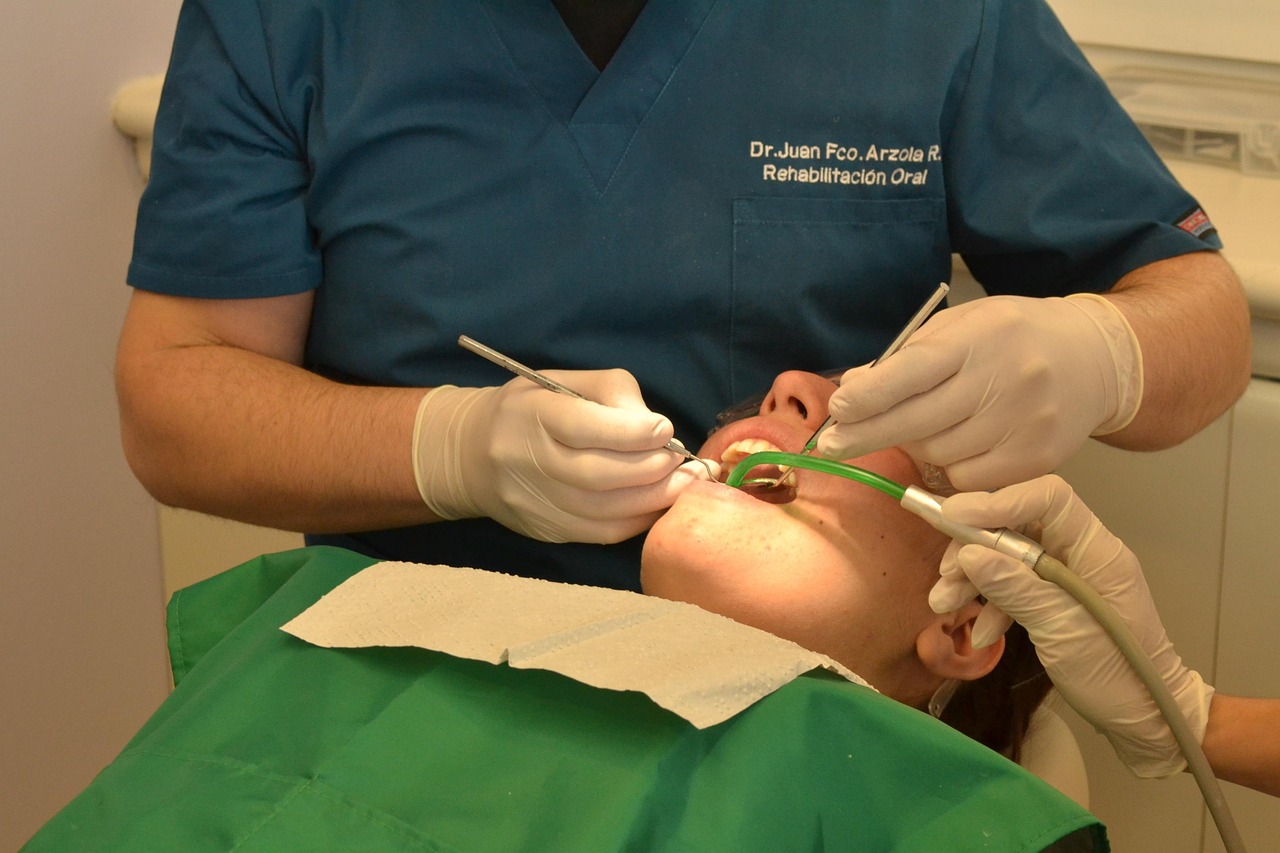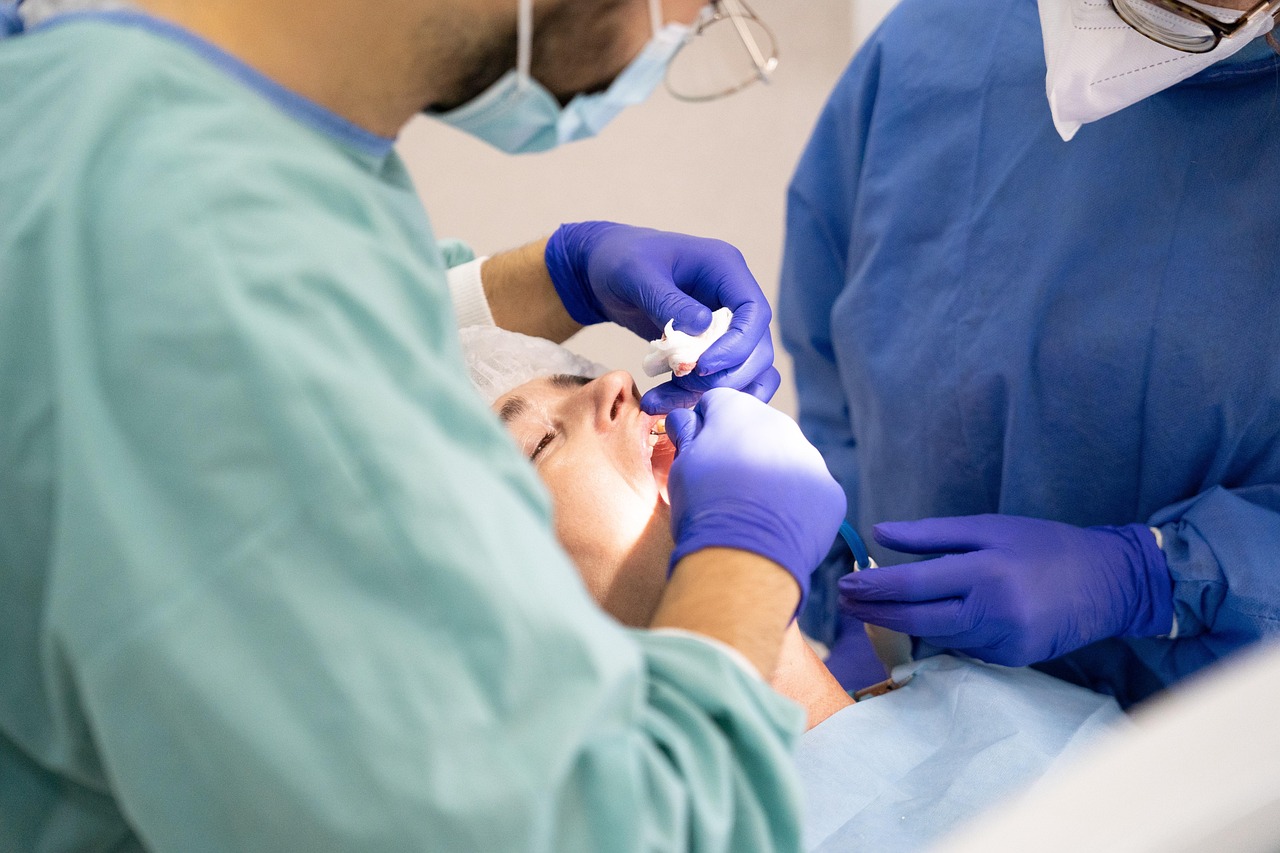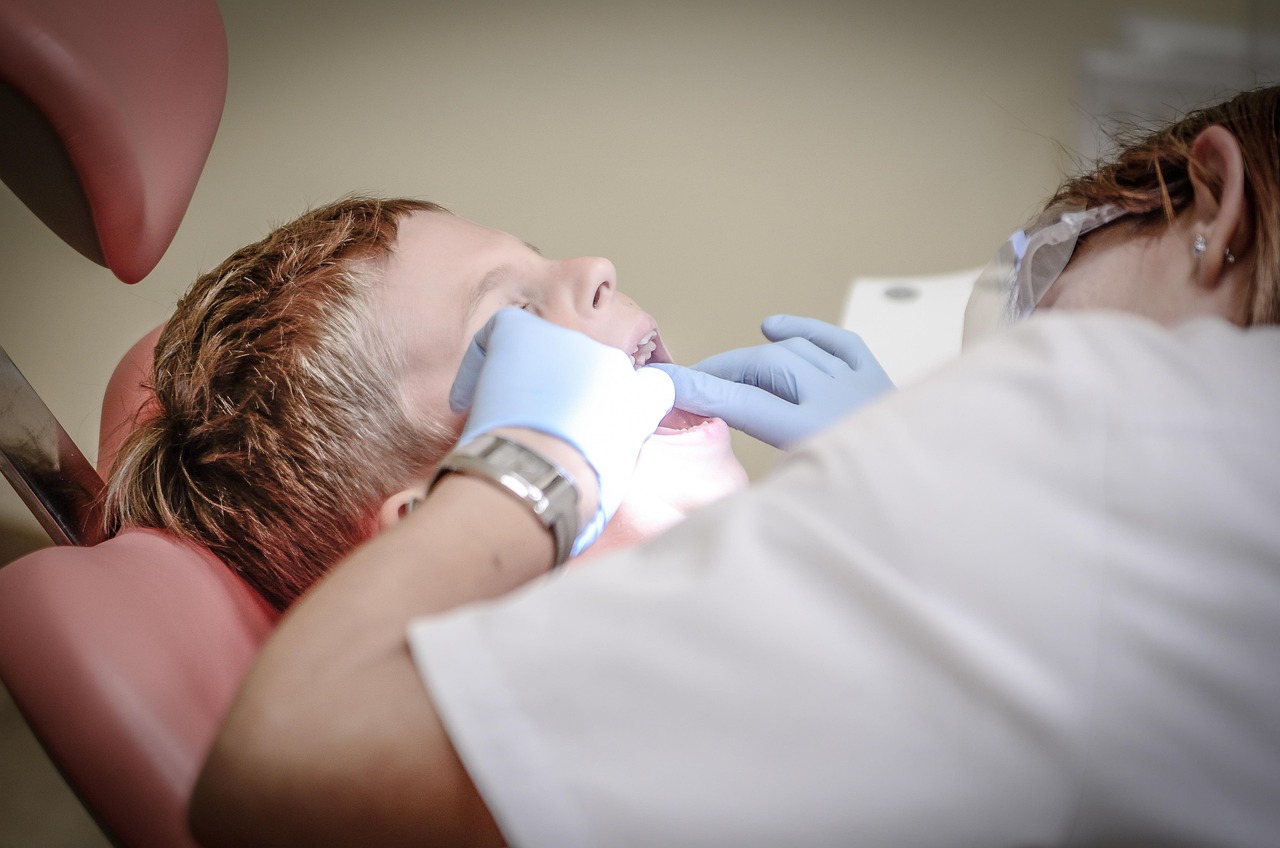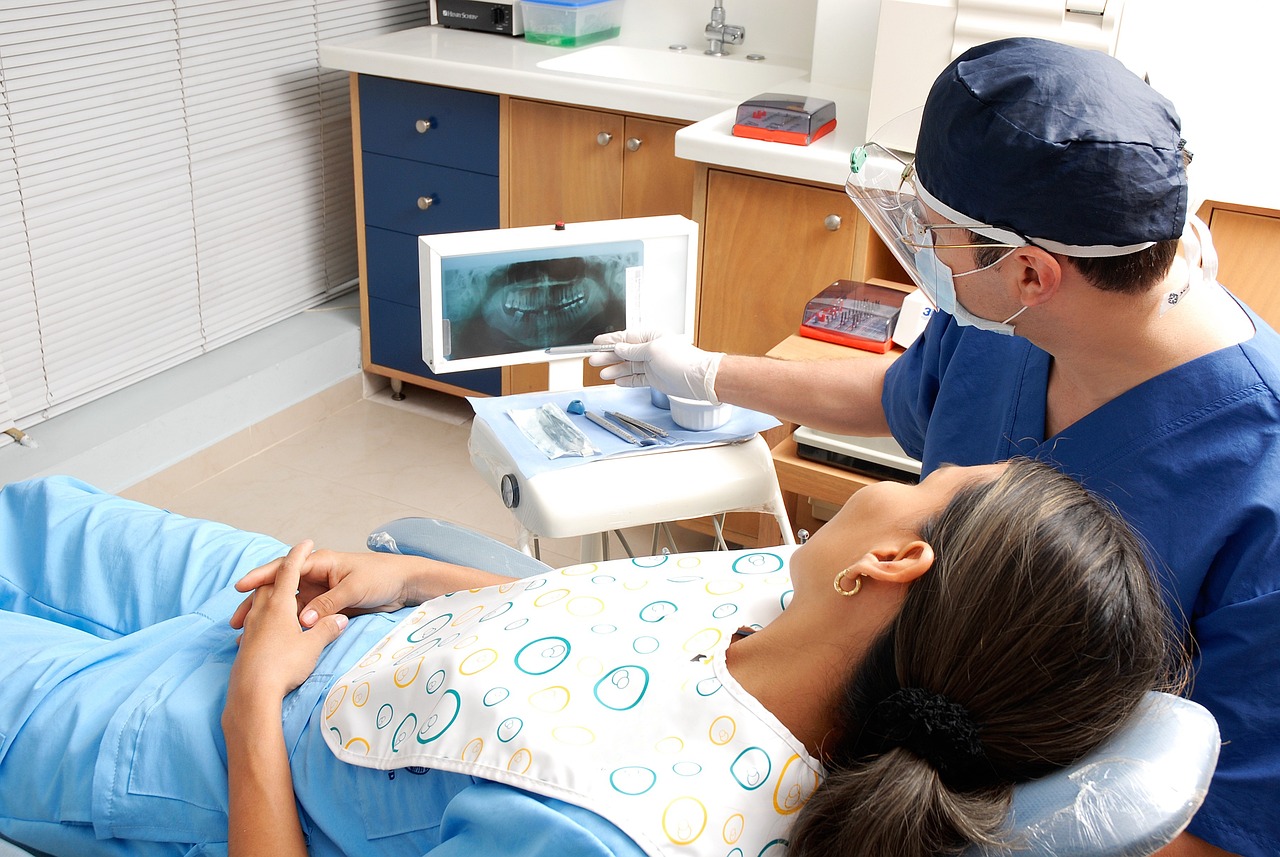TL;DR
- Rinse gently and save any broken fragments in milk or saline
- Use temporary protection (sugar-free gum or dental wax) if a sharp edge is cutting your cheek or tongue
- Avoid extreme temperatures, hard foods, and biting on the injured tooth
- Seek an emergency dentist quickly to prevent infection and further damage
A broken or chipped tooth can be painful, sharp, and alarming. Quick, correct action can protect your tooth and reduce complications. Here’s how to manage it safely before you reach an emergency dentist.
1. Assess the Damage
- Chipped tooth: Small fragment missing, tooth may be sensitive.
- Cracked tooth: Pain on biting or release, temperature sensitivity, hairline to deep crack.
- Broken tooth: Larger portion missing, sharp edges, visible dentin or nerve exposure (strong pain).
2. Immediate First Aid
- Rinse your mouth gently with lukewarm water.
- If you find a fragment, store it in milk or saline—bring it to the dentist.
- Apply a cold compress on the cheek for swelling (15–20 minutes on/off).
- If a sharp edge cuts your cheek/tongue, cover it with sugar-free gum or orthodontic wax.
3. What to Avoid
- Don’t chew on the injured side.
- Avoid very hot/cold drinks and hard foods.
- Don’t “test bite” repeatedly—this can deepen a crack.
- Don’t use superglue or attempt at-home repairs.
4. Pain Relief
- Over‑the‑counter analgesics (e.g., ibuprofen or acetaminophen) as directed on label.
- If pain is severe or swelling develops, escalate the urgency.
5. What an Emergency Dentist May Do
- Minor chip: Smooth and polish; bonding or small composite filling.
- Moderate chip/crack: Composite filling or crown to restore structure.
- Deep crack/pulp exposure: Root canal may be needed; then crown.
- Vertical root fractures or non‑restorable breaks may require extraction and replacement options.
6. Prevention Tips
- Wear a mouthguard for contact sports.
- Avoid biting hard objects (ice, pens, nutshells).
- Address grinding/clenching (bruxism) with a night guard if recommended.
Conclusion
Fast, careful handling and prompt care reduce the risk of infection and save more of your natural tooth. See an emergency dentist as soon as possible for the best outcome.



